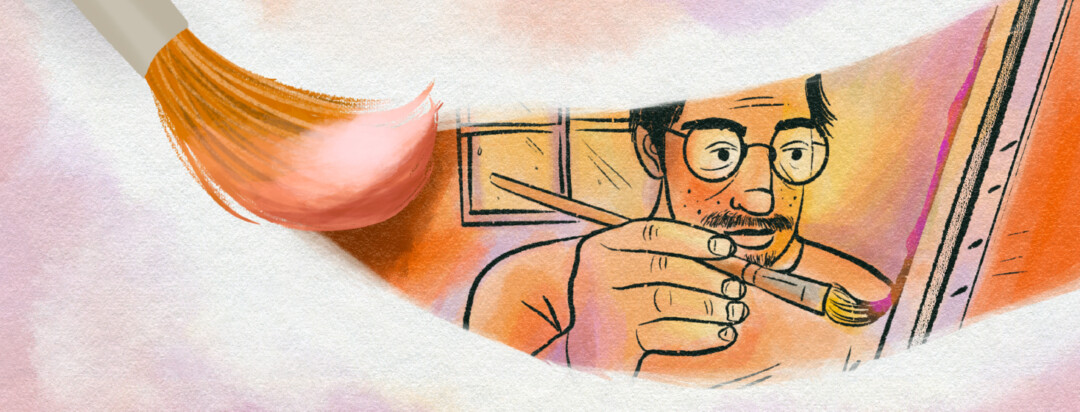Art As Rare Disease Advocacy
I have only been living with narcolepsy since my college years. When I discovered what kind of rare disease I had, at first, I was genuinely confused. I didn't know much about narcolepsy, only that it was a condition that made people sleep a lot.
There is so much more that goes into having narcolepsy! However, the medical community and society in general don't have much general knowledge about narcolepsy. Lack of public awareness surrounding their condition is a common issue for people living with rare diseases.
Art as a form of rare disease advocacy
As a person living with a rare disease, patient advocacy is a powerful way that we can increase public awareness of the condition. However, it can be difficult to function day-to-day as a person with a rare disease, let alone go the extra mile to advocate for the broader community!
Art as advocacy is especially useful for those of us living with rare diseases because it can be more accessible than other forms of advocacy and can even help us cope with our own experiences of living with a rare disease. Personally, I've found that using my art as a tool for representing my experiences with narcolepsy is most beneficial to me.
This or That
Do you consider yourself an advocate for a rare disease?
How my symptoms make my art unique
I was first drawn to making art because I could continue to make art while I was falling asleep from my severe narcolepsy symptoms. Symptoms like falling asleep uncontrollably and dreaming while awake (hallucinating) are only a few of the symptoms of narcolepsy. These symptoms can make living life very difficult, to say the least.
But when I am making art, I can fall asleep while painting... and continue painting... resulting in a picture that, in the end, is very unique and different than it would have turned out had I not been falling asleep throughout its creation.
Narcolepsy hallucinations also shape my art. It's like I can "see" what I want to create, and when I add on globs of color, I focus on making it match my swirling dream vision of the art piece in my mind's eye. It's like having a built-in reference photo for the artwork.
There's something special about my artwork
The end result is that, instead of making it impossible for me to create art, my narcolepsy boosts my creativity and shapes my artwork. Sure, it's easier to straightforwardly paint on canvas, with no medical symptoms to inhibit the creation of artwork.
But having narcolepsy gives my artwork a little extra something special about it. Maybe if you looked closely enough and observed each brushstroke, you might get to see my lived experience with narcolepsy woven throughout any given piece.
Choosing accessible mediums
Art as rare disease advocacy can look however you want it to look. Patient-led advocacy is personal to the individual. There are so many art mediums to choose from, varying greatly in accessibility. Some mediums that might be accessible to one patient might not be accessible to another.
For example, I stay away from glass-blowing or any other art that involves working with dangerously hot items since I am likely to fall asleep while making art. I find poetry most accessible since I can open the "notes" app on my phone and type short-form poetry with no need to format.
Do you use art in your rare disease advocacy journey? What are some of your favorite mediums? I'd love to see your examples of art as advocacy in the comments.

Join the conversation